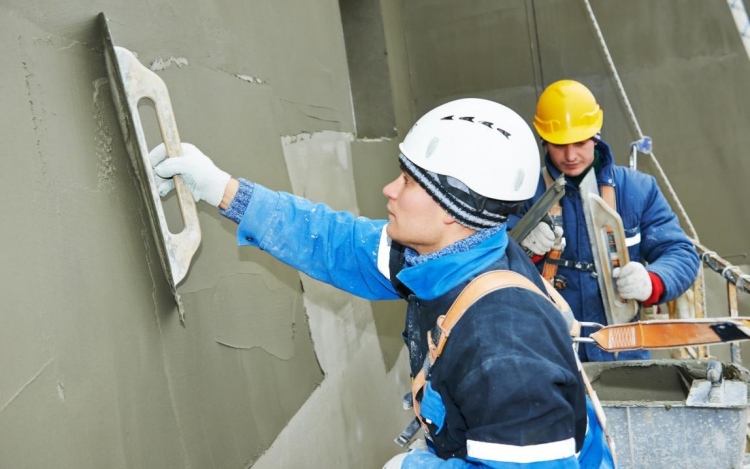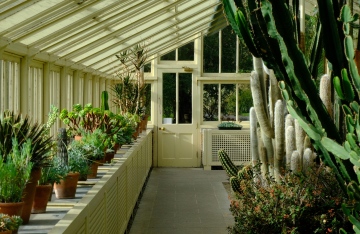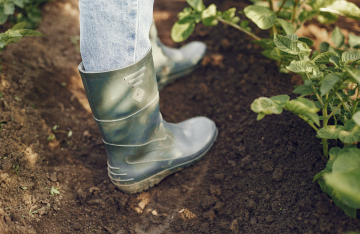Plastering is the process of construction done with plaster, such as imposing a layer of plaster on any interior or exterior wall structure or some other could be the decorative moldings on ceilings or walls. This process is also known as rendering and has been used in the construction of houses, buildings, etc. For a glorious look of the premises and having paint over the wall, plastering is much necessary. Plastering techniques differ from one house to another, but the DIY techniques can easily be used to create plaster on the walls. You can use the low temperature surrounding to start the process of skimming and plastering the walls. You can also hire the plastering and the wall rendering professionals to get the mixing done correctly, so that the plaster lasts longer. You must ensure that there is a constant and steady flow of water, while plastering is being carried out.

Different plastering techniques: There are various kinds of techniques that are used in plastering to make the work easy and efficient. Plasterboard and Plaster veneer are the two most widely used modern techniques used on the interior walls.
-
Plasterboard is used, and many home owners also use the thick sheet rock known as ‘green board’ normally screwed on to the walls of the home. The place where the edges of this sheet meet is a seam.
-
Then, the seam is covered with a tape and the screw heads are concealed with the help of drywall compound, which is a thick paste and finally this is painted to hide the work performed. Whereas in Plaster veneer, the entire wall is covered with a thick liquid paste and is also applied in a very wet stage. This wall is plastered with blue board and this sheet rock is used as it absorbs some of the moisture content of the plaster and gives it finer look.
-
The other types of plastering for construction work used mostly on exterior walls are Sand faced plaster, Rough cast plaster, Pebbled dash plaster, Washed stone grit plaster, Plastering with terrazzo finishing, De peter plaster, and external wall cladding by stone.
The techniques: Using modern techniques to plaster is not only sufficient; there are few other tips to be followed during the process of rendering. The surface of the wall should be prepared properly to make the work easy and efficient, and then it is always advised to mix the plaster in appropriate proportions by following the basic rules and then need to follow a step wise process to plaster on all the stages involved in it. The foremost thing to be kept in mind is any contamination in the plaster would result badly either going off too quickly or uneven finishing. Sometimes the over polishing of surface also results into the worst form of plastering. During the process, make sure always the trowel is sitting flat on the surface so that it does not leave any kind of impressions on the wall. The entire process of plastering will be successful if and only if all the steps are followed in a regular order.
To have effective plastering, you must not compromise on the quality of the material. There are many people who don’t understand the importance of plastering and hence use low quality or sub-standard material which have much negative effects on wall, as due to poor quality the plaster is removed from wall easily. Under such circumstances people say that the work is not a quality work at all but in fact it is just a compromise made on the plastering areas by the builders. Therefore it is imperative to search for a plastering pet who knows how to manage the plastering technique in a certain weather condition, and how much efficient he is with time, money and quality of the plaster, to avoid a sloppy work.
If you decide to hire a plasterer, make sure plasterer must have the innovative ability to construct realistic and impressive props and materials.




